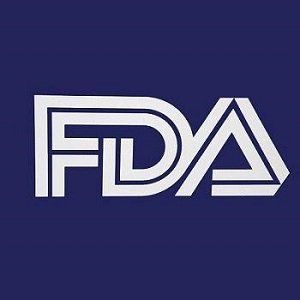FDA Approves Nivolumab for Relapsed Classical Hodgkin Lymphoma
The US Food and Drug Administration (FDA) granted accelerated approval of nivolumab (Opdivo) based on overall response rate (ORR) in classical Hodgkin lymphoma patients.

The US Food and Drug Administration (FDA) granted accelerated approval of nivolumab (Opdivo) based on overall response rate (ORR) in classical Hodgkin lymphoma (cHL) patients who have relapsed or progressed after autologous hematopoietic stem cell transplantation (HSCT) and post-transplantation brentuximab vedotin (Adcetris).
This accelerated approval is remarkable in several ways. It marks the first approval of a PD-1 inhibitor in a hematological malignancy and the only immuno-oncology agent to receive eight approvals in less than 2 years in four distinct cancer types, encompassing three solid tumors and now expanding to a hematologic malignancy.
The FDA decision is not based on any phase III data. Instead, it is based on ORR. Continued approval for this indication is contingent upon verification and description of clinical benefit in confirmatory trials.
The FDA considered a combined analysis of data from the phase II CheckMate -205 and the phase I CheckMate -039 trials. Efficacy was evaluated in 95 patients previously treated with autologous HSCT and post-transplantation brentuximab vedotin. Patients had a median of 5 prior systemic regimens (range: 3 to 15) and received a median of 17 doses of nivolumab (range: 3 to 48).
Based on an analysis of 95 patients, nivolumab delivered an ORR of 65% (62 out of 95 patients). The percentage of patients with a complete response was 7% (7 out of 95 patients), and the percentage of patients with a partial response was 58% (55 out of 95 patients). The median time-to-response was 2.1 months (range: 0.7 to 5.7 months). The estimated median DOR was 8.7 months.
Safety was evaluated in 263 patients with relapsed or refractory disease (98% of patients had received autologous HSCT). Patients received a median of 10 doses of nivolumab (range: 1 to 48) at the approved dose schedule. The most common (reported in at least 20%) adverse reactions of any grade were fatigue, upper respiratory tract infection, cough, pyrexia, and diarrhea. Additional common adverse reactions (reported in at least 10%) included rash, pruritus, musculoskeletal pain, nausea, vomiting, abdominal pain, headache, peripheral neuropathy, arthralgia, dyspnea, infusion-related reactions, and hypothyroidism or thyroiditis.
Other immune-mediated adverse reactions, occurring in 1% to 5% of patients, included rash, pneumonitis, hepatitis, hyperthyroidism, and colitis. Serious adverse events (SAE) were reported in 21% of patients. The most common SAEs, reported in 1% to 3% of patients, were pneumonia, pleural effusion, pneumonitis, pyrexia, infusion-related reaction, and rash.
A new “Warning and Precaution” was issued for complications of allogeneic HSCT after nivolumab. Transplant-related deaths have occurred, and so health care professionals are being cautioned that they should follow patients closely for early evidence of transplant-related complications, such as hyperacute graft-versus-host disease (GVHD), severe acute GVHD, steroid-requiring febrile syndrome, hepatic veno-occlusive disease, and other immune-mediated adverse reactions. The FDA has required the manufacturer to further study the safety of allogeneic HSCT after nivolumab.